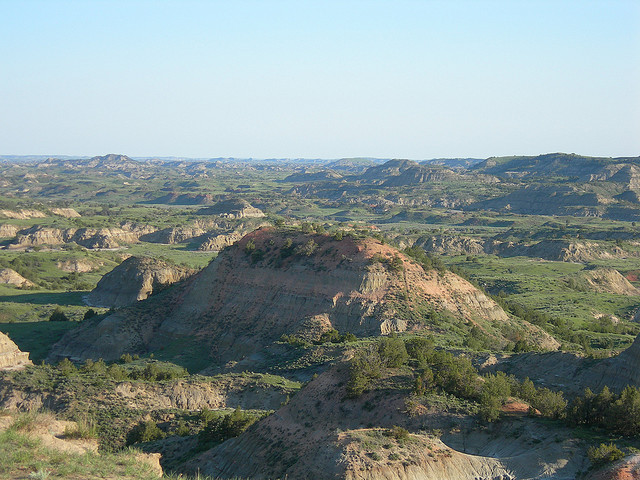- Blog
- Food & Agriculture
- Letter to Departments of Interior and Agriculture: Account for the social cost of carbon
Letter to Departments of Interior and Agriculture: Account for the social cost of carbon

Donate Now!
Your contribution will benefit Friends of the Earth.
Stay Informed
Thanks for your interest in Friends of the Earth. You can find information about us and get in touch the following ways:
A coalition of environmental groups, including Friends of the Earth, sent a letter today to Secretary of the Department of the Interior Sally Jewell and Secretary of the Department of Agriculture Tom Vilsack, calling on them to ensure the costs of carbon emissions are taken into account in their agency decision-making processes. The letter was prompted by a recent decision from the U.S. District Court for the District of Colorado that found the Bureau of Land Management arbitrarily excluded the social cost of carbon when considering the expansion of a coal mine in western Colorado.
The social cost of carbon estimates the annual economic costs associated with an increase in one metric ton of carbon emissions, and thereby allow agencies to account for the climate implications of their decisions. These estimates include changes in agricultural productivity, human health risks, property damages from natural disasters and sea level rise, among other adverse climatic impacts. The Interagency Working Group on the Social Cost of Carbon estimates the range of social cost of carbon values at various discount rates to be between $12 and $109 in 2015.
As the largest land and resource managers in the nation, the Departments of Interior and Agriculture have the opportunity to play a meaningful role in curtailing carbon in the United States. In 2013, 40 percent of the nation’s coal, 15 percent of the nation’s natural gas and 22 percent of the nation’s oil came from public lands overseen by both agencies. Attaching the social cost of carbon to leasing decisions for coal, natural gas and oil reveals the true cost of these dirty fuels to our society. If the approximate 1.375 million metric tons of carbon emissions produced from fossil fuels on public areas were priced at the low estimate of $12 per ton, the societal cost equals $1.65 billion in just one year. The 2015 high estimate of $109 per ton equals nearly $150 billion.
The Departments of Interior and Agriculture are responsible for managing resources on public lands in the best interests of the American public, which must account for the climate impact of leasing for fossil fuel development. The social cost of carbon offers these agencies the best basis for estimating the climate-related costs of their actions. Based on these estimates, new or expanded leases for fossil fuel development on public lands may prove cost-prohibitive. Including the social cost of carbon in leasing decisions would be a step in the right direction towards keeping dirty fossil fuels in the ground.
Image credit: Jimmy Emerson, Flickr, Creative Commons
